8 Foods & Drinks That Are Bad For Your Teeth
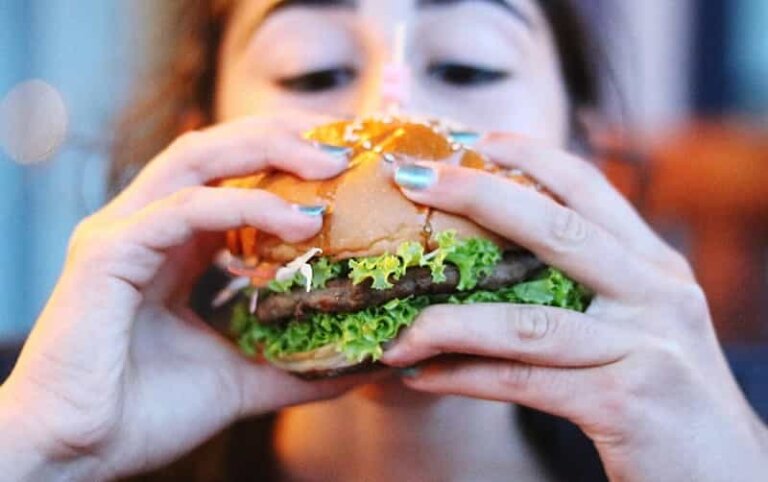
Your oral health is closely linked to the food and drinks you consume. Not only do these nourish your body, but they also feed the bacteria in your mouth—some of which contribute to cavities and gum disease. Sugary and acidic foods, in particular, create an environment where harmful bacteria thrive, making you more prone to dental issues. Furthermore, hard or sticky foods can place undue stress on your teeth, leading to enamel damage or even fractures.
Below, we highlight eight common foods and drinks that are bad for your teeth and how to protect your oral health when consuming them.
1. Soda Pop
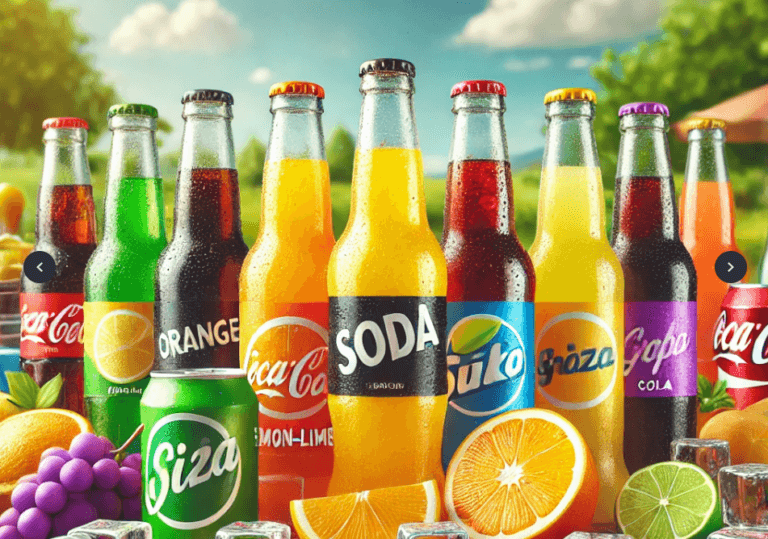
Soda, whether regular or diet, is a significant threat to your dental health. The combination of sugar, acidity, and carbonation creates the perfect storm for enamel erosion and cavity formation. The sugar feeds harmful bacteria, while the acid weakens your tooth enamel. Sipping soda throughout the day compounds these effects by prolonging your teeth’s exposure to sugar and acid.
Tip: Opt for water as your go-to drink and if you do have soda, chase it with water to help wash away lingering acids and sugars. Avoid brushing immediately after drinking soda, as this can accelerate enamel damage.
2. Coffee and Tea with Sugar
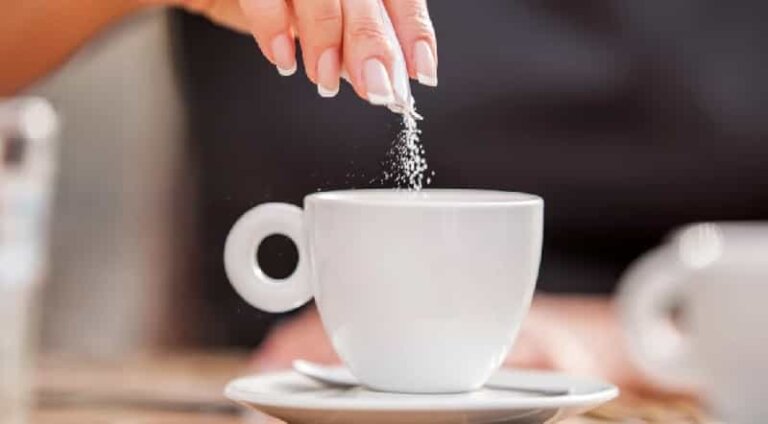
While coffee and tea can be healthy on their own, adding sugar can lead to cavities. The sugar fosters bacterial growth, increasing the risk of decay. Additionally, these beverages can stain your teeth over time.
Tip: Try drinking coffee or tea black, or sweeten with alternatives like xylitol, which reduces bacterial growth. Drink water alongside to counteract the drying effect these beverages can have on your mouth.
3. Citrus Fruits and Juices
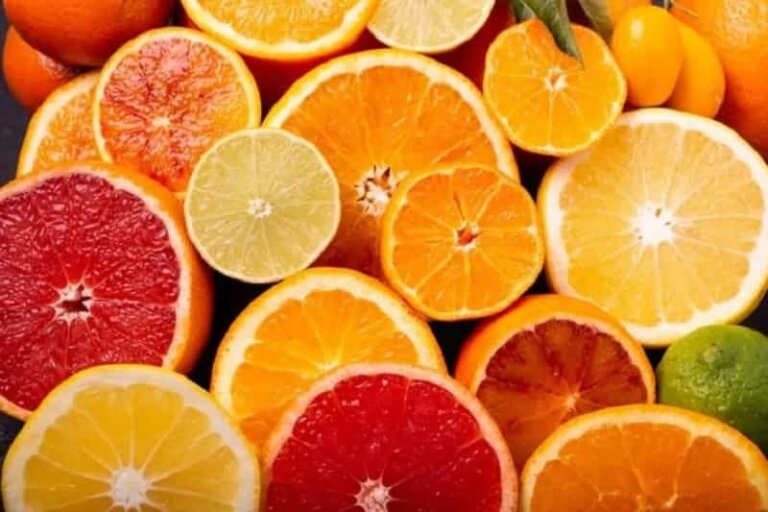
Oranges, lemons, and grapefruits are packed with essential vitamins, but their acidity can erode enamel over time. Acidic environments soften tooth enamel, making teeth more vulnerable to decay.
Tip: Enjoy citrus fruits in moderation, preferably during meals to minimize acid exposure. Rinse your mouth with water afterward and wait at least an hour before brushing.
4. Candy
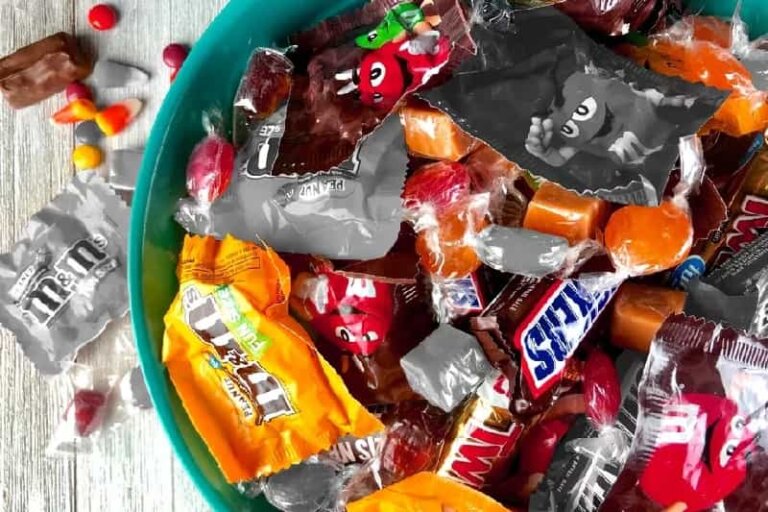
Candy, especially sour varieties, is a known culprit of tooth decay. The sugar fuels bacteria in your mouth, which in turn produce acids that wear down enamel. Sticky or chewy candies cling to your teeth, giving harmful bacteria ample time to feast.
Tip: If you have a sweet tooth, choose dark chocolate or sugar-free gum with xylitol, which can inhibit bacterial growth.
5. Dried Fruit
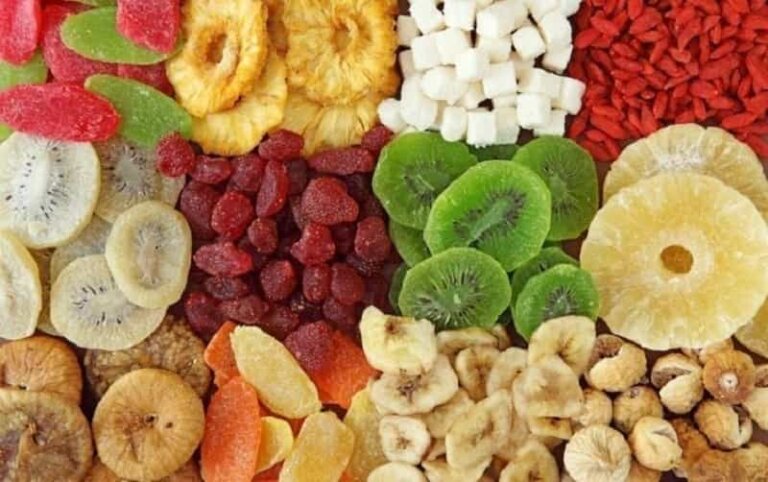
Though nutritious, dried fruits like raisins and apricots are sticky and high in sugar. These sugary, sticky residues can cling to teeth, feeding harmful bacteria and leading to cavities.
Tip: Opt for fresh fruits when possible and make sure to brush and floss after consuming dried fruits to remove particles from between your teeth.
6. Potato Chips
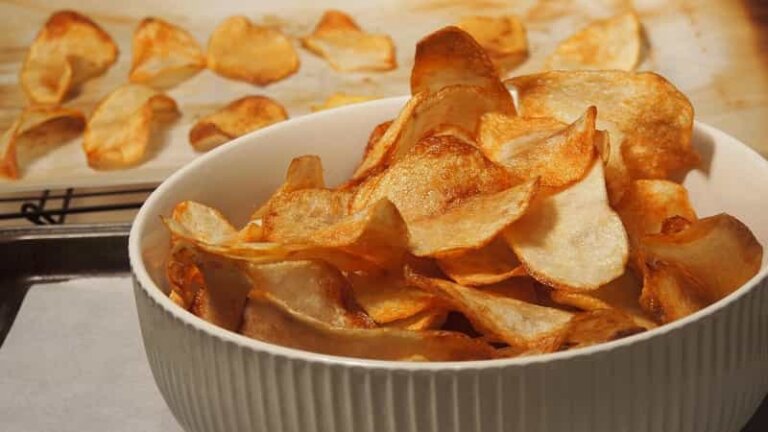
Potato chips may seem harmless, but they are high in starch, which breaks down into sugar. These sugars get trapped between your teeth, providing a feast for cavity-causing bacteria.
Tip: After enjoying chips, be sure to floss to remove trapped starches and rinse with water to neutralize acids in your mouth.
7. Ice Cubes
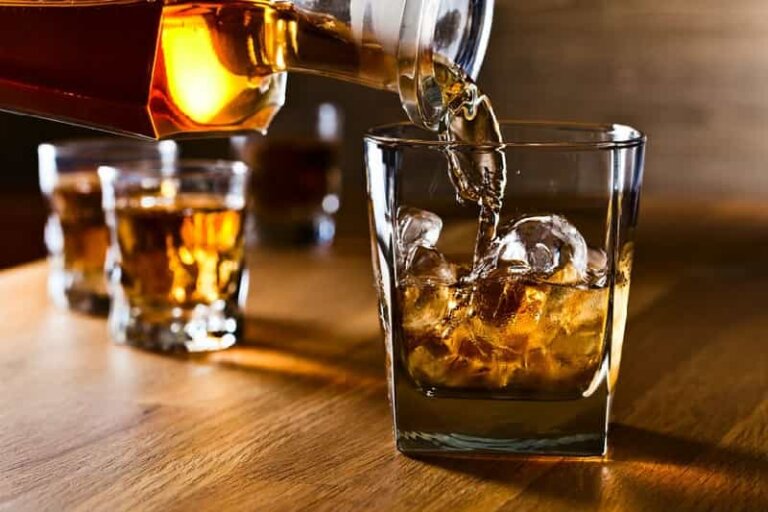
Chewing ice might seem innocent, but it can cause serious damage to your teeth, including chips, cracks, and enamel wear.
Tip: If you enjoy ice-cold drinks, sip through a straw to minimize contact with your teeth, and avoid chewing on ice to protect your enamel.
8. Alcohol

Excessive alcohol consumption can dry out your mouth, leading to a decrease in saliva. Without enough saliva, your mouth loses its natural ability to neutralize acids and wash away food particles, increasing your risk for tooth decay and gum disease.
Tip: Drink plenty of water to stay hydrated and consider using a fluoride mouthwash to protect your teeth.
Moderation is Key
While these foods and drinks can harm your teeth, you don’t have to cut them out entirely. Enjoy them in moderation, and practice good oral hygiene by brushing, flossing, and rinsing after consumption. By doing so, you can maintain a healthy smile while still indulging in your favorite treats.
For more tips on oral hygiene, check out our other helpful articles:
By optimizing your choices and practicing good habits, you can enjoy your favorite foods and still protect your smile!

